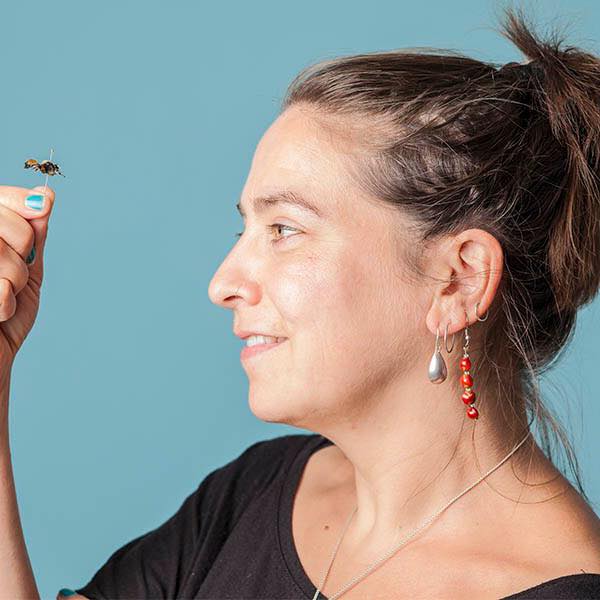Instead of the second pair of wings that most flying insects have, some insects have something called halteres.
What are halteres?
Halteres are knob- like structures that assist with balance, and they have evolved at least seven times in insects, including flies, twisted-winged parasites, some mayflies, the males of some scale bugs and some planthoppers. This separate evolution in different groups of organisms is known as convergent evolution.
What do halteres do?
Unlike wings, these rotating dumbbells don’t help with lift but are essential in determining reactions when flying. The halteres move with the same frequency as the wings, but in the opposite direction, which enables the stress and strain receptors located at their base to detect changes in the insect’s cuticle caused by the halteres’ movements.
The information gleaned from these receptors combined with further information from the mechanoreceptors in the wing, the antennae and the eyes, all work together to give a comprehensive and incredibly fast flight response to environmental stimuli. But that’s not all – halteres are also very important for hovering and walking too.
Main image: A cranefly rests on grass. Its halteres are located behind its wings. © Getty
